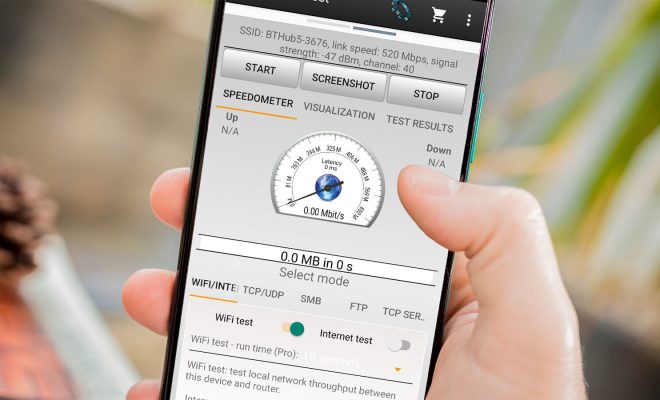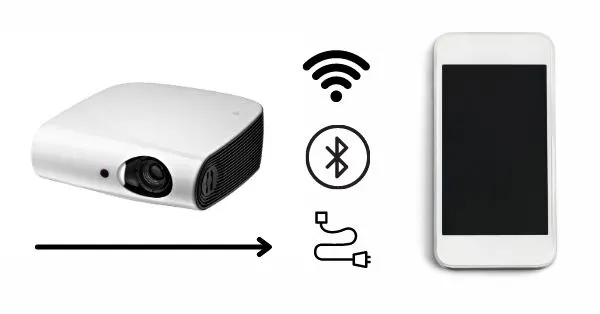Linear vs. Switching Power Supplies: What’s the Difference?

Power supplies are essential components in any electronic device, providing stabilized power to ensure its proper functioning. However, not all power supplies are created equal, as there are two main types: linear and switching power supplies. In this article, we will discuss the differences between the two and the advantages and disadvantages of each.
Linear Power Supplies:
Linear power supplies are the oldest and most basic type of power supply. They work by using a transformer to convert high-voltage AC power to low-voltage DC power. The output voltage is proportional to the input voltage, meaning that if there is an increase or decrease in the input voltage, the output voltage will correspondingly increase or decrease.
Advantages:
One of the main advantages of linear power supplies is that they have low output ripple and noise, which means that they provide stable voltage and current output. This makes them ideal for use in audio equipment, where noise interference is critical. They are simple to design, which makes them easy to troubleshoot and repair. They also have a linear response, which means that they produce a smooth and continuous output.
Disadvantages:
Linear power supplies have a low efficiency rate, typically around 35-40%. This means that they are less energy-efficient and produce more heat, which can cause them to be bulky and require additional cooling. They also have limited voltage regulation, and they cannot regulate voltage below the input voltage. This makes them less suitable for use in situations where compactness and efficiency are essential, such as in portable electronics.
Switching Power Supplies:
Switching power supplies are a more modern type of power supply, and they work differently from linear power supplies. They use a high-frequency oscillator to quickly switch the voltage on and off, and a transformer to convert the voltage to the required level. The output voltage is controlled by a feedback system that keeps it within a specified range.
Advantages:
Switching power supplies are much more energy-efficient, typically achieving up to 90% efficiency, which makes them more compact, lighter, and require less cooling. They offer high voltage regulation, which means that they can produce multiple voltage outputs accurately. They are also cost-effective and have a higher power-to-weight ratio, making them ideal for use in portable electronics.
Disadvantages:
One disadvantage of switching power supplies is that they generate more EMI or Electromagnetic Interference than linear power supplies. The high-frequency switching of the power supply can cause noise in sensitive electronic equipment, such as radio equipment. They also tend to have higher output ripple noise, which can be an issue in audio equipment.
Conclusion:
In conclusion, both linear and switching power supplies have their advantages and disadvantages, and the type of power supply chosen will depend on the specific needs of the application. Linear power supplies are ideal for applications that require low output ripple and noise, while switching power supplies are best suited for situations where power efficiency and compactness are essential. The choice between linear and switching power supplies depends on the application, and it’s important to consider the specific requirements of the device that the power supply will be powering.






